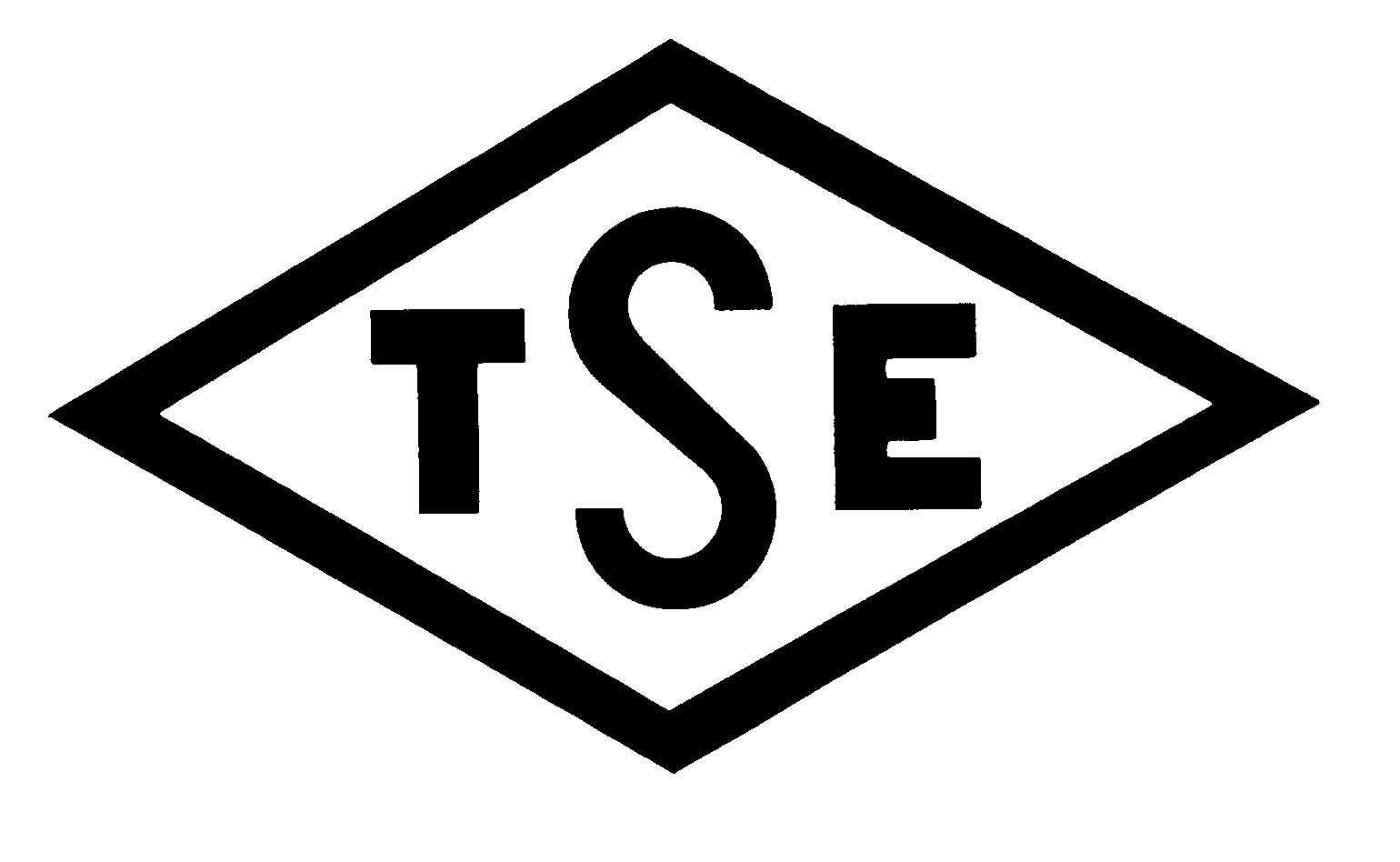ALGORITHM FOR RESISTANT HYPERTENSION CASE ALGORITHM STEP 1 CASE
1 PERSPECTIVES IN DYNAMIC OPTIMIZATION EVOLUTIONARY ALGORITHM BU ZHIQIONG1 T DESIGN AND ANALYSIS OF ALGORITHMS HOMEWORK 3
1 WAS KÖNNEN ALGORITHMEN? KONTROLLBLATT FUSSBALLROBOTER 1 D ENNIS
12 SURVEYS OF THE METHODS AND ALGORITHMS FOR CALCULATING
22 ALGORITHM & COMPLEXITY INTRODUCTION BY 1950 THE WORD
25E COPYRIGHT 1995UNIVERSAL ALGORITHMS INCORPORATEDJULY 20 1998
Algorithm for Resistant Hypertension
Algorithm for Resistant Hypertension
CASE ALGORITHM
Step 1:
CASE Type 1
Has >=4 meds simultaneous* med classes below mentioned on at least 2 occasions 1 month apart (does not have to be the same med classes in each of the 2 occasions)
CASE Type 2
Has two outpatient (if possible) measurements of SBP > 140 or DBP > 90 at least one month after meeting medication criteria while still on 3 simultaneous med classes
AND
has 3 simultaneous* med classes below (and does not meet Case Type 1) mentioned on at least 2 occasions 1 month apart (does not have to be the same med classes in each of the 2 occasions)
*Simultaneous is defined as evidence that they are taking the medications concurrently. Such evidence could be presence of the medications in the same medication list (e.g., problem list, clinic note, or discharge summary) or via medication refill data. If using the latter method, the algorithm should find evidence of at least repeated overlapping scripts for each drug if you are using this method.
S-start
R=refill
X-axis is time
BP: 150/80-----------145/80---154/74
Drug 1 : S----->R1------>R2---->R3---->R4
Drug 2: -----S------>absent
Drug 3:----------S------>R1---->R2---->R3--
Drug 4:-------------------S---->R1----->R2----
^patient qualifies for Case Type 2 here, at R1 of Drug 4
Note: For those using NLP to define medications, we require a dose, strength, route, or frequency present with the medication name to insure that the medication represents a prescribed medication.
Step 2:
2.1 Exclude all subjects with the following codes appearing in the record at any time:
-
ICD9 codes
Description
194.0
MALIGN NEOPL ADRENAL
227.0
BENIGN NEOPLASM ADRENAL
255.0, 255.1, 255.2, 255.3, 255.6, 255.8, 255.9
Disorders of adrenal glands (excludes adrenal insufficiencies – 255.4 and 255.5)
405.*
SECONDARY HYPERTENSION
416.*
Chronic pulmonary heart disease
581.*
Nephrotic syndrome
582.*
Chronic glumerulonephritis
745.*
Bulbus cordis anomalies
747.1*
COARCTATION OF AORTA
2.2 Exclude all subjects with the following codes only if the resistant hypertension only exists within five years before or after one of the codes below. For example, this means that one could ignore medications mentioned during a 5-year time frame before or after the below codes.
-
ICD9 codes
Description
242.*
Thyrotoxicosis
246.0
Disorder of thyrocalcitonin secretion
246.8
DISORDERS OF THYROID NEC
246.9
DISORDER OF THYROID NOS
252.8
PARATHYROID DISORDER NEC
252.9
PARATHYROID DISORDER NOS
320.20
ORGANIC SLEEP APNEA
327.21
PRIMARY CENTRAL SLEEP APNEA
327.23
OBSTRUCTIVE SLEEP APNEA
327.27
CEN SLEEP APNEA IN COND CLASS
327.29
OTHER ORGANIC SLEEP APNEA
599.6*
OBSTRUCTIVE UROPATHY
2.3 Exclude if GFR < 30 ml/min before the time of meeting the CASE 1 or 2 definitions or within 6 months after meeting the medication definition.
GFR should be calculated using the Modification of Diet in Renal Disease (MDRD) formula:
![]()
2.4 Exclude all patients with an Ejection Fraction (EF or LVEF) <35% within 1 year before or after meeting the CASE 1 definition.
CONTROL ALGORITHM
Controls – Case 1: Subjects with controlled hypertension
Has outpatient (if possible) measurement of SBP > 140 or DBP > 90 prior to meeting medication criteria OR ICD9 401.* code at any time
AND
has 1 med from med classes below (and never has more than 1 simultaneous med class, although the med class can change)
AND
Has all SBP<135 and DBP < 90 one month AFTER BP meds (require at least 1 BP measurement)
Controls – Case 2: Subjects without evidence of hypertension
Has no outpatient (if possible) measurement of SBP > 140 or DBP > 90
AND
No mention of any anti-hypertensive from med classes below at any time
AND
Does not have any hypertension ICD9 code: (401, 401.0, 401.9, 402.*, 403.* 404.*)
For all controls: Exclude all patients with ICD9 codes in Step 2.1 above or EF<35% in Step 2.44 above. Patients with codes matching Step 2.2 are allowable as controls (no matter when they occurred).
Medication Classes:
Hydralazine: Hydralazine (Apresazide , bidil, apressoline)
Minoxidil (Loniten)
Renin antagonist: aliskiren (Tekturna)
Central alpha agonists: clonidine (catapres) (catapress); guanabenz; methyldopa; methyldopate
ACEI/ARB: candesartan (Atacand); Irbesartan (avapro); lisinopril (prinivil, zestril); trandolapril (Mavik, gopten, odrik); Losartan (cozaar); enalapril (enalaprilat); valsartan (diovan); telmisartan (Micardis); moexipril; quinapril (accupril); ramipril (altace); fosinopril (monopril); eprosartan; olmesartan (benicar); perindopril (Aceon); captopril (Capoten); benazepril (lotensin);
Aldosterone antagonists: spironolactone (Aldactone); eplerenone (inspra)
Diuretics (count each instance as part of the same class, even if on more than one concurrently): Thiazide: hydrochlorothiazide (Esidrix); indapamide (lozol, natrilix); cyclothiazide; chlorothiazide; chlorthalidone; bendroflumethiazide; benzothiazide; K-sparing diuretics: amiloride (midamor); triamterene (Dyrenium); Loop diuretics: furosemide (lasix), torsemide (demadex), ethacrynic acid (ethacrynate, edecrin); bumetanide (bumex)
Note: the Diuretic combination meds now count as a single class: Dyazide, Moduretic, Maxzide
Alpha antagonists: prazosin (minipress); doxazosin (cardura)
Non-dihydro. CCBs: verapamil (calan, covera, isoptin, verelan); diltiazem (dilt, tiazac, cardizem)
Dihydro CCBs: isradipine (Dynacirc); nicardipine; nifedipine (procardia); nisoldipine; felodipine (plendil); Amlodipine (norvasc, caduet); bepridil (vascor)
Beta Blockers: propranolol (inderal); metoprolol (toprol); labetalol (trandate); nadolol (corgard); esmolol (brevibloc); pindolol; penbutolol (levatol); Labetalol (Normodyne); atenolol (tenormin); carvedilol (coreg); bisoprolol (Zebeta);
*Thiazide/BB: corzide , Tenoretic, lopressor HCT
*Thiazide/ACEI_ARB: zestoretic, Avalide, hyzaar, uniretic, benicar HCT, accuretic, Teveten HCT, lotensin HCT; micardis HCT; atacand HCT; Diovan HCT; Monopril HCT
*Thiazide/aldosterone
antagonist:
aldactazide
*Thiazide/Renin
antagonist:
Tekturna
HCT
*A match of a combination medication counts as two med classes. We have not included the generics for combination medications to avoid possible double counting of the medication classes during a search.
Last
Update: 4/23/10 Page
4 Cs101 Algorithms and Programming i Assignment no 1
600106 PREPROGRAMMING (ALGORITHMIC THINKING) INTERSESSION 2007 NAME DATE
7 A SENTENCE CLUSTERING ALGORITHM FOR THE NEEDS OF
Tags: algorithm for, control algorithm, algorithm, hypertension, resistant
- TEATRO (18 AÑOS A +) DEL 22 DE MAYO
- 13 QUINCUAGESIMOQUINTO PERÍODO DE SESIONES ORDINARIAS DE
- 47 Zakonodajnopravna Služba je na Podlagi Prvega Odstavka 153
- CONSEIL D’ÉCOLE DU 14 JUIN 2013 ENSEIGNANTS PRÉSENTS
- TNMAW18ADD3 PAGE 3 WORLD TRADE ORGANIZATION TNMAW18ADD3 16 JUNE
- POWERPLUSWATERMARKOBJECT3 STIC20126AMEND1 H’ INFORMATION CIRCULAR TO MEMBERS OF THE
- EPS PROCEDIMIENTO EPSPFC2 DE LA TRAMITACIÓN DEL PFC PARA
- AREA 3 CUADERNOS DE TEMAS GRUPALES E INSTITUCIONALES Nº
- FEDERAL COMMUNICATIONS COMMISSION FCC 04255 BEFORE THE FEDERAL COMMUNICATIONS
- 3 RESOLUTION LP3(4) ON THE AMENDMENT TO ARTICLE 6
- PLAN NASELJA I GEOGRAFSKA KARTA IME UČENIKA 1 DOPUNI
- APPS FOR EDUCATION COMPILED BY CAROLANN CORMIER MS CCCSLP
- (PODNOSITELJ ZAHTJEVA INVESTITOR OIB) (ADRESA
- AVV GIANCARLO ESPOSTI 04032009 1502009 VERSIONE DEFINTIVA RAPPORTO DI
- FICHA 26 DESCRIBIR LA CONFORMACIÓN DEL TERRITORIO CHILENO DURANTE
- GUIDANCE ON THE ACCREDITATION OF PRIOR LEARNING (APL) AND
- WORKING WITH EXISTING RECORDS 1) DOCUMENTATION CONSER STANDARD RECORD
- APPENDIX IV ASSESSMENT PROTOCOL FOR REVIEWERS’ USE ID ARTICLE
- SECTION 28 052833 DEVICE BOXES FOR ELECTRONIC SAFETY AND
- DRAFT ARTICLES ON THE STATUS OF THE DIPLOMATIC COURIER
- ПОЛЕССКИЙ ГОСУДАРСТВЕННЫЙ РАДИАЦИОННОЭКОЛОГИЧЕСКИЙ ЗАПОВЕДНИК (БЕЛОР ПАЛЕСКІ ДЗЯРЖАЎНЫ РАДЫЯЦЫЙНАЭКАЛАГІЧНЫ ЗАПАВЕДНІК)
- DRUGAČNOST PIŠE DRSC DUŠKA MEH DR MED
- PROTECTION AND PERMANENCY MEMORANDUM 1617 TO SERVICE REGION ADMINISTRATORS
- TAUSE TJENERE? EN GJENNOMGANG AV INFORMASJONS OG UTTALEREGLEMENTER
- NAVODILA ZA ODDAJO PISNIH IZDELKOV PRI PREDMETU TELEVIZIJA KONČNA
- REPUBLIKA E KOSOVËS REPUBLIKA KOSOVAREPUBLIC OF KOSOVO QEVERIA –VLADA
- ZDRUŽENJE UPRAVNIH DELAVCEV SLOVENIJE INFOZUNZSI WWWZUNZSI DAVČNA ŠTEVILKA 52581209
- BOARD OF REGENTS BYLAW 310 OWNERSHIP AND
- ENRIQUE ÁLVAREZ ASSISTANT PROFESSOR OF SPANISH DEPARTMENT OF MODERN
- CONSTRUYENDO ORGANIZACIONES CIVILES TRANSPARENTES AC PAGOS Y COMPENSACIONES AL
PREGUNTAS QUE PRESENTA EL CONCEJAL D VICENT SARRIÀ MORELL
 OUR REFERENCE 93899 NOVEMBER 2014 FREEDOM OF INFORMATION REQUEST
OUR REFERENCE 93899 NOVEMBER 2014 FREEDOM OF INFORMATION REQUESTINTERRUPCION DE VENA CAVA INFERIOR MEDIANTE FILTROS PERCUTANEOS RESULTADOS
FÍSICA Y QUÍMICA 1º BACH RELACIÓN DE PROBLEMAS ESTEQUIOMETRÍA
PETI SUSRET HARMONIKAŠA GLAZBENE ŠKOLE FERDO LIVADIĆ SAMOBOR DVORANA
 V VOCABULARIOLA CASA Y LOS MUEBLES LA CASA
V VOCABULARIOLA CASA Y LOS MUEBLES LA CASA  LABORATORIUM ANALOGOWYCH UKŁADÓW ELEKTRONICZNYCH NR ĆWICZENIA 15VN GRUPA
LABORATORIUM ANALOGOWYCH UKŁADÓW ELEKTRONICZNYCH NR ĆWICZENIA 15VN GRUPA PLAN NACIONAL DE EVALUACION DE LA CALIDAD DE
PLAN NACIONAL DE EVALUACION DE LA CALIDAD DE TS EN ISO 5199 NISAN 2008 ICS 23080 SANTRİFÜJ
TS EN ISO 5199 NISAN 2008 ICS 23080 SANTRİFÜJ LA ALCALDESA DE JEREZ Y EL MINISTRO DE AGRICULTURA
LA ALCALDESA DE JEREZ Y EL MINISTRO DE AGRICULTURA CONCELLO DE CARNOTA PRAZA SAN GREGORIO 19 15293 CARNOTA
CONCELLO DE CARNOTA PRAZA SAN GREGORIO 19 15293 CARNOTA OCTAVA COMPETENCIA DE MATECLUBES TERCERA RONDA SEGUNDO NIVEL
OCTAVA COMPETENCIA DE MATECLUBES TERCERA RONDA SEGUNDO NIVELPERSEPSI SISWA TERHADAP TUGAS DAN HUBUNGANNYA DENGAN DISIPLIN BELAJARNYA
 8 OSZTÁLY 1 FELADATLAP TITOK TÖRTÉNELEM VERSENY KÓD
8 OSZTÁLY 1 FELADATLAP TITOK TÖRTÉNELEM VERSENY KÓDATTRIBUTING FOREST DISTURBANCE TYPE ACROSS DIFFERENT LANDSCAPES KAREN SCHLEEWEIS1
CHILE (CL) 2003 REPORTING CHILE1 (2003) THE
 THE CHILD & FAMILY NETWORK CENTERS TODOS LOS FORMULARIOS
THE CHILD & FAMILY NETWORK CENTERS TODOS LOS FORMULARIOS CURSO FORMACION METODOLOGIA MUSE LA EXPERIENCIA DEL PROGRAMA MUSE
CURSO FORMACION METODOLOGIA MUSE LA EXPERIENCIA DEL PROGRAMA MUSE16 PTR1QUICKGUIDE QUICK REFERENCE GUIDE CONTRIBUTED
TC BURSA BÜYÜKŞEHİR BELEDİYE BAŞKANLIĞI İÇ DENETİM BİRİM BAŞKANLIĞI